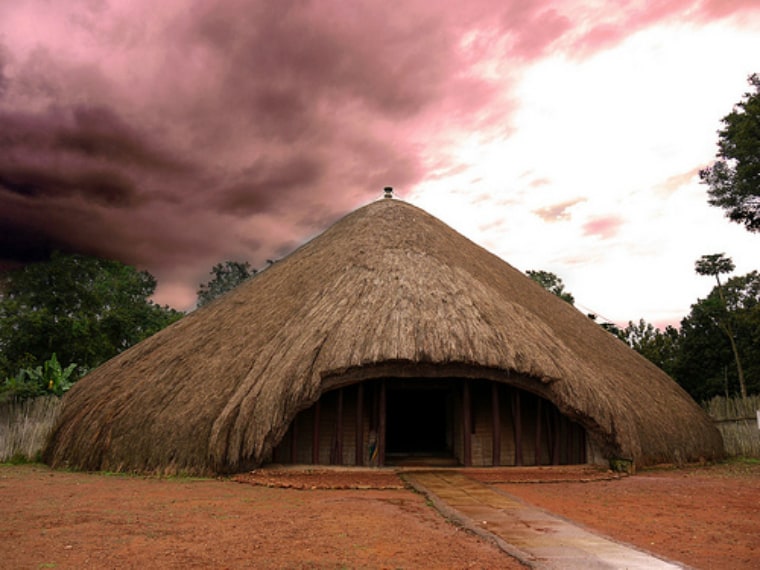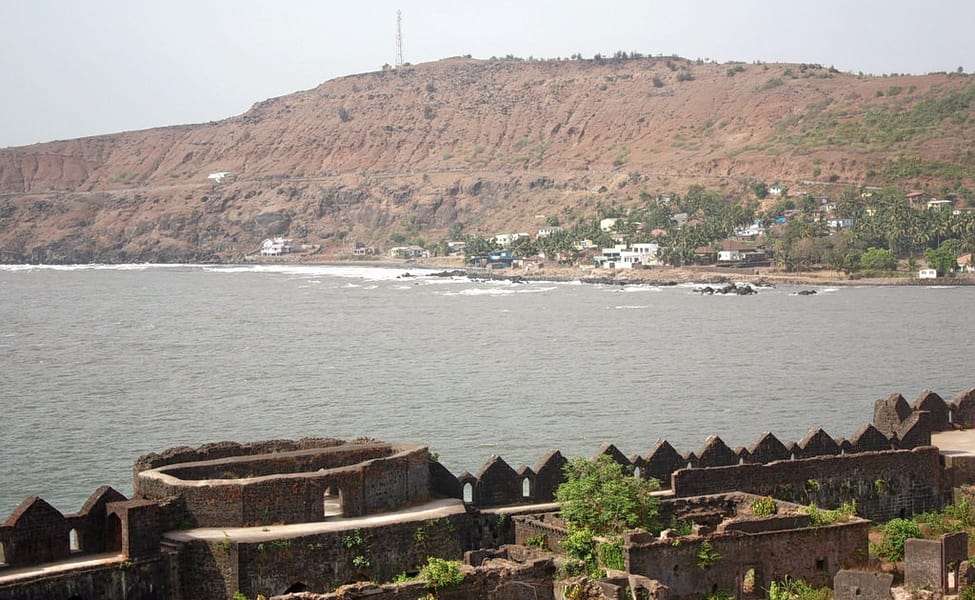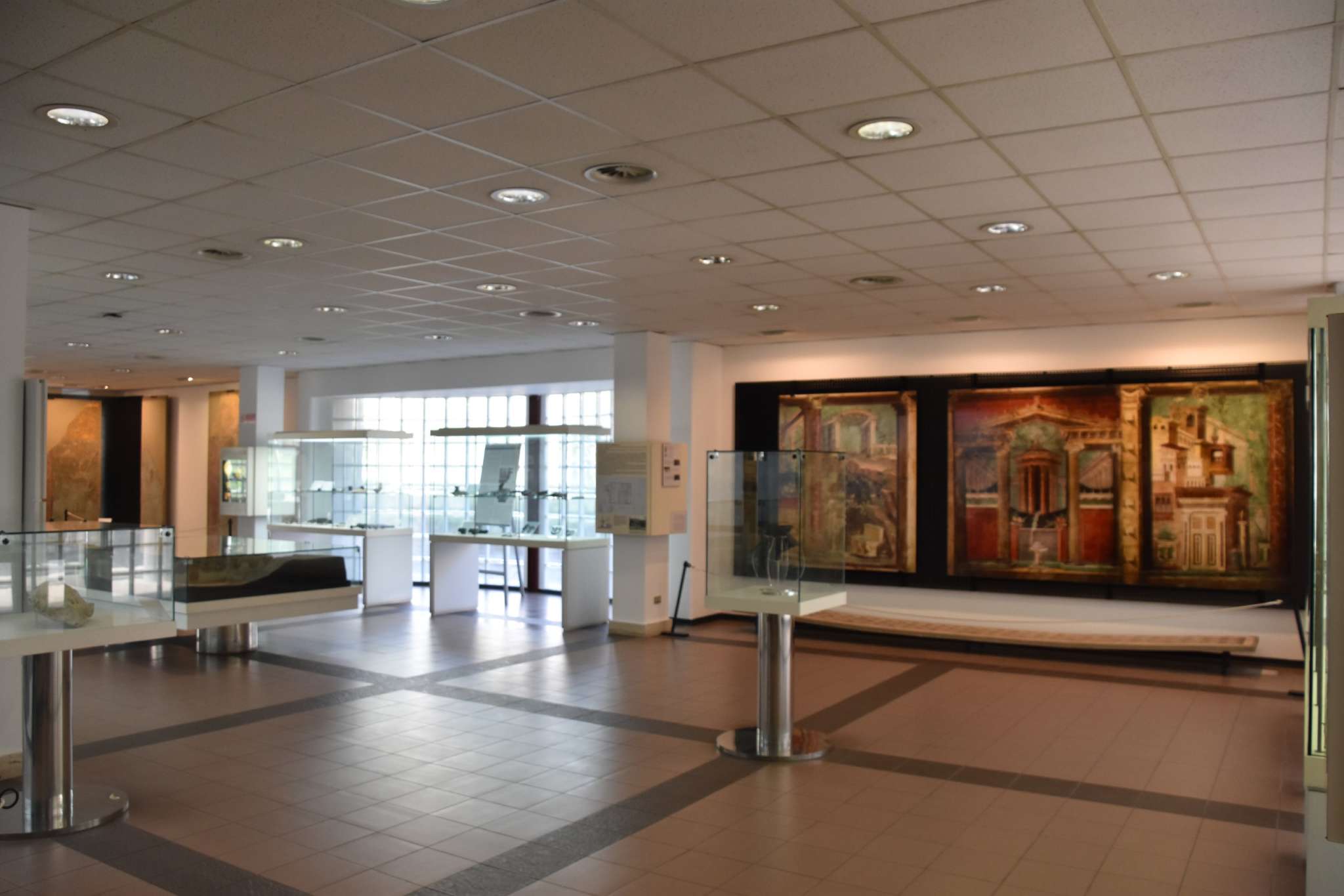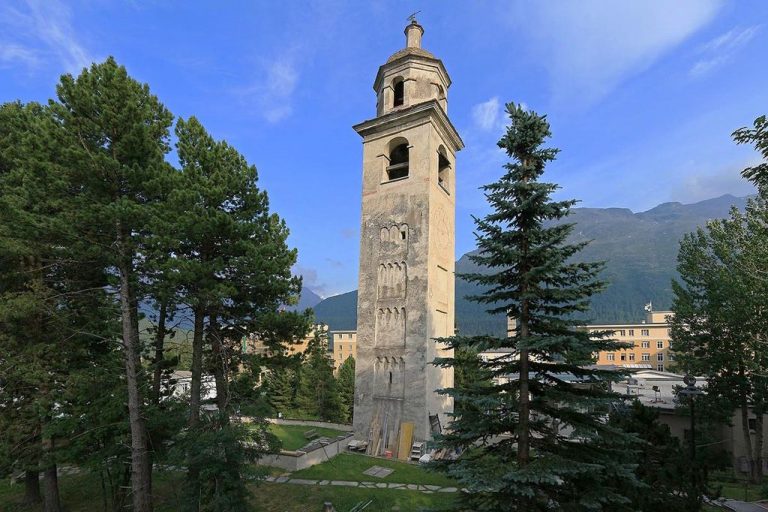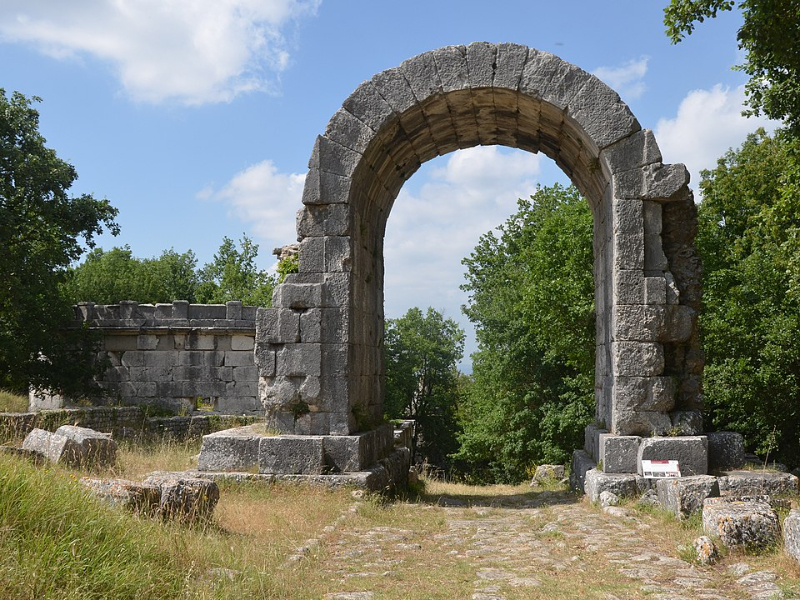The Kasubi Tombs in Kampala, Uganda, is the site of the burial grounds for four kabakas (kings of Buganda) and other members of the Baganda royal family. As a result, the site remains an important spiritual and political site for the Ganda people, as well as an important example of traditional architecture. It became a UNESCO World Heritage Site in December 2001, when it was described as "one of the most remarkable buildings using purely vegetal materials in the entire region of sub-Saharan Africa".The World Heritage Site comprises around 26 hectares (64 acres) on the Kasubi hill in the city of Kampala, about 5 kilometres (3.1 mi) northwest of the city centre. Most of the site is open agricultural land that is farmed using traditional techniques. One corner contains a royal palace built in 1882 by Muteesa I, the 35th Kabaka of Buganda, to replace a palace built by his built by his father, Ssuuna II in 1820. The new palace became a royal burial ground on his death in 1884. The site is one of 31 royal tombs across the Buganda kingdom since the kingdom was founded in the 13th century. Traditionally, the body of the deceased king was buried in one place, with a separate shrine for the deceased king’s jawbone, believed to contain his soul.
